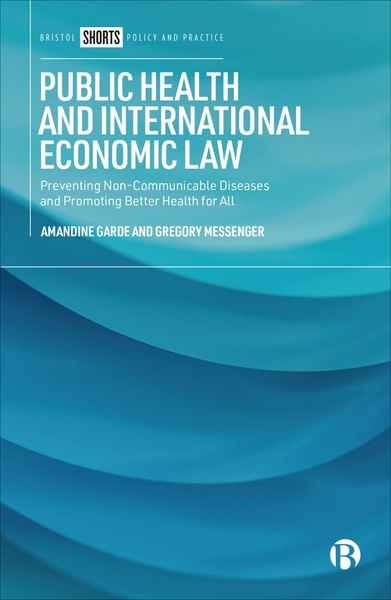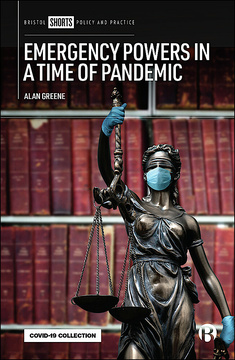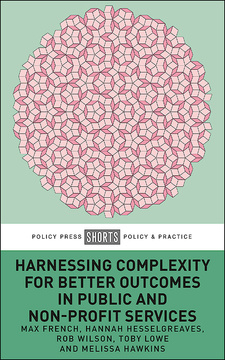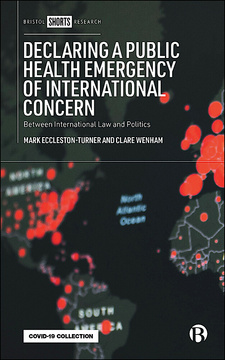Public Health and International Economic Law
Preventing Non-communicable Diseases and Promoting Better Health for All
By Amandine Garde and Gregory Messenger
Published
Jun 1, 2025Page count
176 pagesISBN
978-1529242768Dimensions
203 x 127 mmImprint
Bristol University PressPublished
Jun 1, 2025Page count
176 pagesISBN
978-1529242775Dimensions
203 x 127 mmImprint
Bristol University PressAvailable open access digitally under CC-BY-NC-ND licence.
Although non-communicable diseases (NCDs) such as cancers, diabetes, and heart diseases are preventable, they have risen dramatically over the last 30 years. This is in part due to increased international trade and foreign direct investment in the tobacco, alcohol and food industries.
As governments attempt to regulate these industries, this book raises important and timely questions about the relationship between public health and international trade and investment law.
Providing a clear and succinct analysis of the relevant trade and investment regimes and the obligations they impose, this book identifies the key principles that must be considered when formulating and implementing NCD prevention strategies that are both effective and able to withstand legal challenges.
Amandine Garde is Professor of Law and Director of the Law and Non-Communicable Diseases Research Unit at the University of Liverpool.
Gregory Messenger is Professor of Trade Law and Policy at the University of Bristol and Co-Director of the Trade and Public Policy (TaPP) Network.
1. Introducing Non-Communicable Diseases and the Trade in Tobacco, Alcohol, and Unhealthy Food
2. The International Trade Law System and Public Health
3. The Principle of Predictability
4. The Principle of Non-Discrimination
5. The Principle of Necessity
6. The Principle of Consistency: The Role of Standards in International Trade Law
7. The Protection of Intellectual Property and the Trade Regime
8. International Investment Law and NCD Prevention
9. Concluding Remarks














